How fiber-rich foods protect against breast cancer
Breast cancer — two words that strike fear in every woman. The good news is women can help lessen their risk. One important defense is to consume a high-fiber diet.
A 2011 meta-analysis of 10 scientific studies found that higher fiber intake is associated with lower risk of breast cancer.1 In 2012, another meta-analysis of 16 studies came to the same conclusion.2 In the Nurses’ Health Study, higher fiber intake during childhood and adolescence was linked to a decrease in the risk of breast cancer in adulthood.3
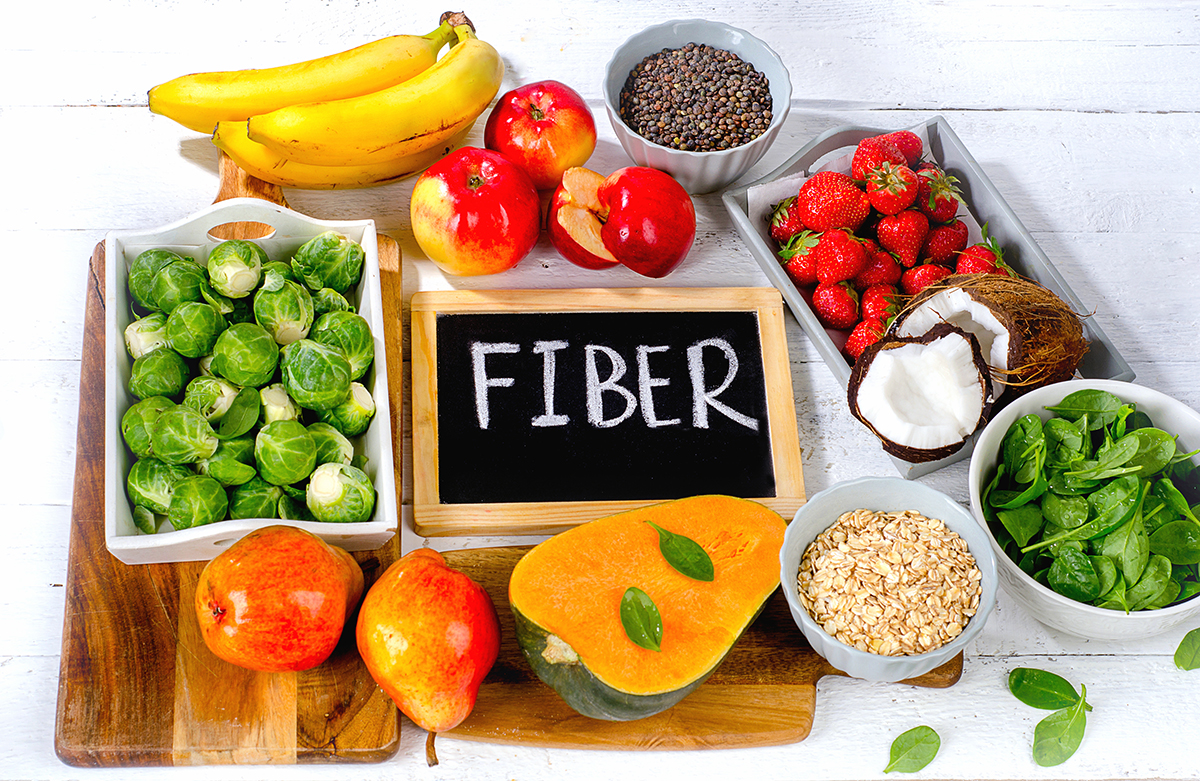
How fiber impacts breast cancer risk
Given that animal products, refined grains, sugars and oils contain little or no fiber, fiber intake is a marker for greater intake of natural plant foods, many of which are known to have a variety of anti-cancer phytochemicals. Some breast cancer protective substances that have already been discovered include isothiocyanates from cruciferous vegetables4, organosulfur compounds from onions and garlic,5 aromatase inhibitors from mushrooms,6 flavonoids from berries,7,8 lignans from flax, chia and sesame seeds,9 and inositol pentakisphosphate (an angiogenesis inhibitor) from beans.10
Influence of fiber, glucose, insulin on breast cancer
High-fiber foods help to slow emptying of the stomach and absorption of sugars, which decreases the after-meal elevation in glucose. This is meaningful because elevated glucose levels lead to elevated insulin levels, which can send pro-cancer growth signals throughout the body, for example via insulin-like growth factor 1 (IGF-1).11 As such, high dietary glycemic index and glycemic load (characteristic of refined grains and processed foods) are associated with an increase in breast cancer risk.12-14 Accordingly, a study on Korean women found that higher white rice intake was associated with higher breast cancer risk.15
Fiber, estrogen, and breast cancer
Increased exposure to estrogen is known to increase breast cancer risk.16-18 A woman may be exposed to estrogen via her ovaries’ own production, estrogen production by excess fat tissue, or environmental sources such as endocrine-disrupting chemicals (like BPA, a chemical added to many consumer products). Fiber can reduce circulating estrogen levels, thereby reducing breast cancer risk, because it helps to remove excess estrogen from the body via the digestive tract. Fiber binds up estrogen in the digestive tract, accelerates its removal, and prevents it from being reabsorbed into the body.19-21
In addition, soluble fiber (as shown in studies using prunes and flaxseed) seems to alter estrogen metabolism so that a less dangerous form of estrogen is produced, whereas insoluble fiber (wheat bran) did not have the same effect. 22,23 For this reason, beans, oats, chia seeds and flaxseeds may provide some extra protection due to their high soluble fiber content.
Foods rich in fiber
Although most people probably just associate whole grains with fiber, beans contain more fiber than whole grains, and vegetables and fruits (and some seeds) contain comparable amounts – here are a few examples:
- 1 cup cooked quinoa – 5 grams fiber
- 1 cup cooked brown rice – 4 grams fiber
- 1 cup cooked kidney beans – 11 grams fiber
- 1 cup cooked broccoli – 6 grams fiber
- 1 cup blueberries – 4 grams fiber
- 1 tablespoon chia seeds – 6 grams fiber
Overall benefits of fiber: promotes weight loss and digestive health
Fiber, by definition, is resistant to digestion in the human small intestine. This means that during the digestive process, fiber arrives at the large intestine still intact. Fiber takes up space in the stomach but does not provide absorbable calories, and it also slows the emptying of the stomach.24 These properties of fiber make meals more satiating, slow the rise in blood glucose after eating and promote weight loss. In the colon, fiber adds bulk and accelerates movement, factors that are beneficial for colon health. Soluble fiber (primarily from legumes and oats) is effective at removing cholesterol via the digestive tract, resulting in lower blood cholesterol levels. Some types of fiber are fermented by intestinal bacteria. The fermentation products, short-chain fatty acids (SCFA) such as butyrate and propionate, have anti-cancer effects in the colon and also serve as energy sources for colonic cells. These SCFA are also thought to contribute to promoting insulin sensitivity and a healthy weight.25,26
Fermentable fiber also acts as a prebiotic in the colon, promoting the growth of beneficial bacteria. Fiber intake is associated with a multitude of health benefits, including healthy blood pressure levels and reduced risk of diabetes, heart disease and some cancers.24,27
Importance of choosing high-fiber and high-nutrient foods
Yes, fiber itself has some breast cancer-protective properties, like limiting glycemic effects of foods and assisting in estrogen removal, but we get optimal protection when we focus on foods that are both rich in fiber and rich in micronutrients and phytochemicals.
G-BOMBS contain fiber along with numerous anti-cancer phytochemicals, however, green (cruciferous) vegetables, mushrooms, flax and chia seeds in particular contain anti-estrogenic substances in addition to fiber, making them more effective breast cancer fighters than whole grains. Remember, beans are higher in fiber (and resistant starch) and lower in glycemic load than whole grains, making beans a better carbohydrate choice.
A Nutritarian diet is designed to include a full portfolio of the most protective foods to prevent cancer and slow the aging process. Advances in nutritional science make winning the war against cancer a reality in our lifetime.
Originally printed on DrFuhrman.com. Reprinted with permission.
👉👉Get $10 off $150 or more on Dr. Fuhrman’s website. Use coupon LS10OFF150.
Joel Fuhrman, MD is a board-certified family physician specializing in nutritional medicine. He is President of the Nutritional Research Foundation and the author of 7 New York Times bestselling books, including his most recent book, “Eat to Live”. Visit his website, DrFuhrman.com.
- Dong JY, He K, Wang P, et al. Dietary fiber intake and risk of breast cancer: a meta-analysis of prospective cohort studies. Am J Clin Nutr 2011.
- Aune D, Chan DS, Greenwood DC, et al. Dietary fiber and breast cancer risk: a systematic review and meta-analysis of prospective studies. Ann Oncol 2012.
- Farvid MS, Eliassen AH, Cho E, et al. Dietary Fiber Intake in Young Adults and Breast Cancer Risk. Pediatrics 2016, 137:1-11.
- Liu X, Lv K. Cruciferous vegetables intake is inversely associated with risk of breast cancer: A meta-analysis. Breast 2012.
- Powolny A, Singh S. Multitargeted prevention and therapy of cancer by diallyl trisulfide and related Allium vegetable-derived organosulfur compounds. Cancer Lett 2008, 269:305-314.
- Chen S, Oh SR, Phung S, et al. Anti-aromatase activity of phytochemicals in white button mushrooms (Agaricus bisporus). Cancer Res 2006, 66:12026-12034.
- Stoner GD. Foodstuffs for preventing cancer: the preclinical and clinical development of berries. Cancer Prev Res (Phila) 2009, 2:187-194.
- Kristo AS, Klimis-Zacas D, Sikalidis AK. Protective Role of Dietary Berries in Cancer. Antioxidants (Basel) 2016, 5.
- Bergman Jungestrom M, Thompson LU, Dabrosin C. Flaxseed and its lignans inhibit estradiol-induced growth, angiogenesis, and secretion of vascular endothelial growth factor in human breast cancer xenografts in vivo. Clin Cancer Res 2007, 13:1061-1067.
- Maffucci T, Piccolo E, Cumashi A, et al. Inhibition of the phosphatidylinositol 3-kinase/Akt pathway by inositol pentakisphosphate results in antiangiogenic and antitumor effects. Cancer Res 2005, 65:8339-8349.
- Gallagher EJ, LeRoith D. The proliferating role of insulin and insulin-like growth factors in cancer. Trends Endocrinol Metab 2010, 21:610-618.
- Dong JY, Qin LQ. Dietary glycemic index, glycemic load, and risk of breast cancer: meta-analysis of prospective cohort studies. Breast Cancer Res Treat 2011, 126:287-294.
- Romieu I, Ferrari P, Rinaldi S, et al. Dietary glycemic index and glycemic load and breast cancer risk in the European Prospective Investigation into Cancer and Nutrition (EPIC). Am J Clin Nutr 2012, 96:345-355.
- Sieri S, Pala V, Brighenti F, et al. High glycemic diet and breast cancer occurrence in the Italian EPIC cohort. Nutrition, metabolism, and cardiovascular diseases : NMCD 2012.
- Yun SH, Kim K, Nam SJ, et al. The association of carbohydrate intake, glycemic load, glycemic index, and selected rice foods with breast cancer risk: a case-control study in South Korea. Asia Pac J Clin Nutr 2010, 19:383-392.
- Hankinson SE, Eliassen AH. Endogenous estrogen, testosterone and progesterone levels in relation to breast cancer risk. J Steroid Biochem Mol Biol 2007, 106:24-30.
- Pike MC, Pearce CL, Wu AH. Prevention of cancers of the breast, endometrium and ovary. Oncogene 2004, 23:6379-6391.
- Bernstein L, Ross RK. Endogenous hormones and breast cancer risk. Epidemiol Rev 1993, 15:48-65.
- Aubertin-Leheudre M, Gorbach S, Woods M, et al. Fat/fiber intakes and sex hormones in healthy premenopausal women in USA. J Steroid Biochem Mol Biol 2008, 112:32-39.
- Aubertin-Leheudre M, Hamalainen E, Adlercreutz H. Diets and hormonal levels in postmenopausal women with or without breast cancer. Nutr Cancer 2011, 63:514-524.
- Goldin BR, Adlercreutz H, Gorbach SL, et al. Estrogen excretion patterns and plasma levels in vegetarian and omnivorous women. N Engl J Med 1982, 307:1542-1547.
- Haggans CJ, Travelli EJ, Thomas W, et al. The effect of flaxseed and wheat bran consumption on urinary estrogen metabolites in premenopausal women. Cancer Epidemiol Biomarkers Prev 2000, 9:719-725.
- Kasim-Karakas SE, Almario RU, Gregory L, et al. Effects of prune consumption on the ratio of 2-hydroxyestrone to 16alpha-hydroxyestrone. Am J Clin Nutr 2002, 76:1422-1427.
- Higdon J, Drake VJ: Fiber. In An Evidence-based Approach to Phytochemicals and Other Dietary Factors New York: Thieme; 2013: 133-148
- Canfora EE, Jocken JW, Blaak EE. Short-chain fatty acids in control of body weight and insulin sensitivity. Nat Rev Endocrinol 2015, 11:577-591.
- Sonnenburg ED, Sonnenburg JL. Starving our microbial self: the deleterious consequences of a diet deficient in microbiota-accessible carbohydrates. Cell Metab 2014, 20:779-786.
- Carbohydrates. In Nutritional Sciences: From Fundamentals to Food. Edited by McGuire M, Beerman KA; 2013



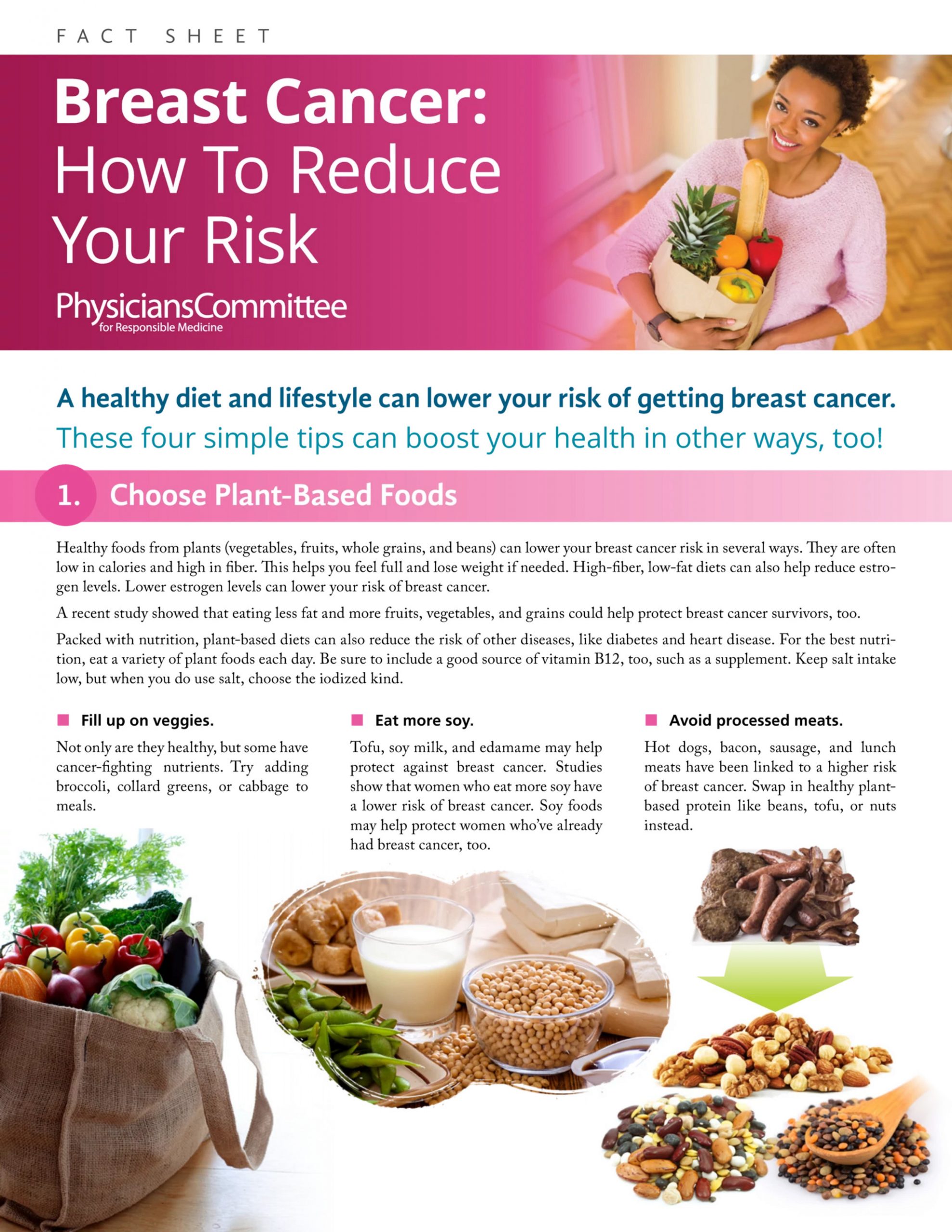
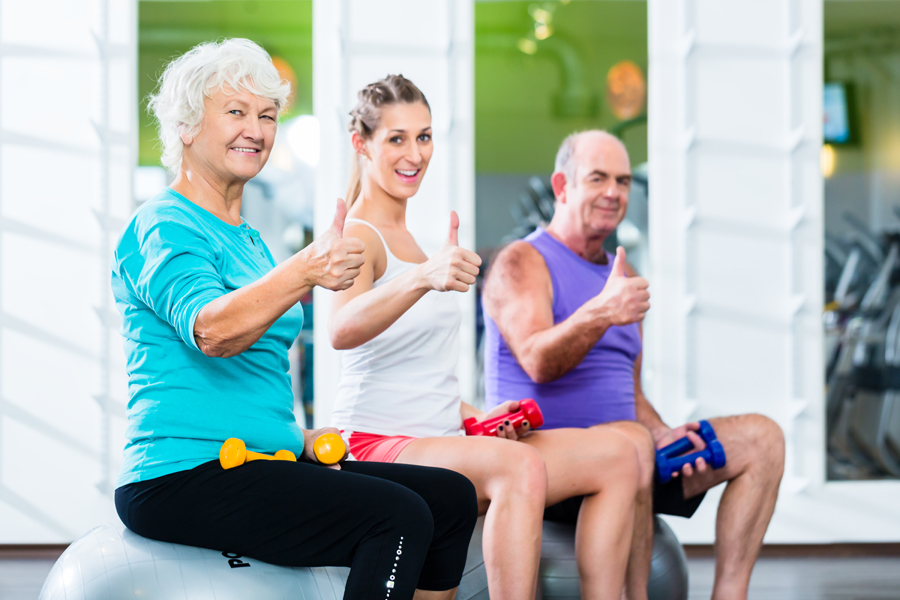
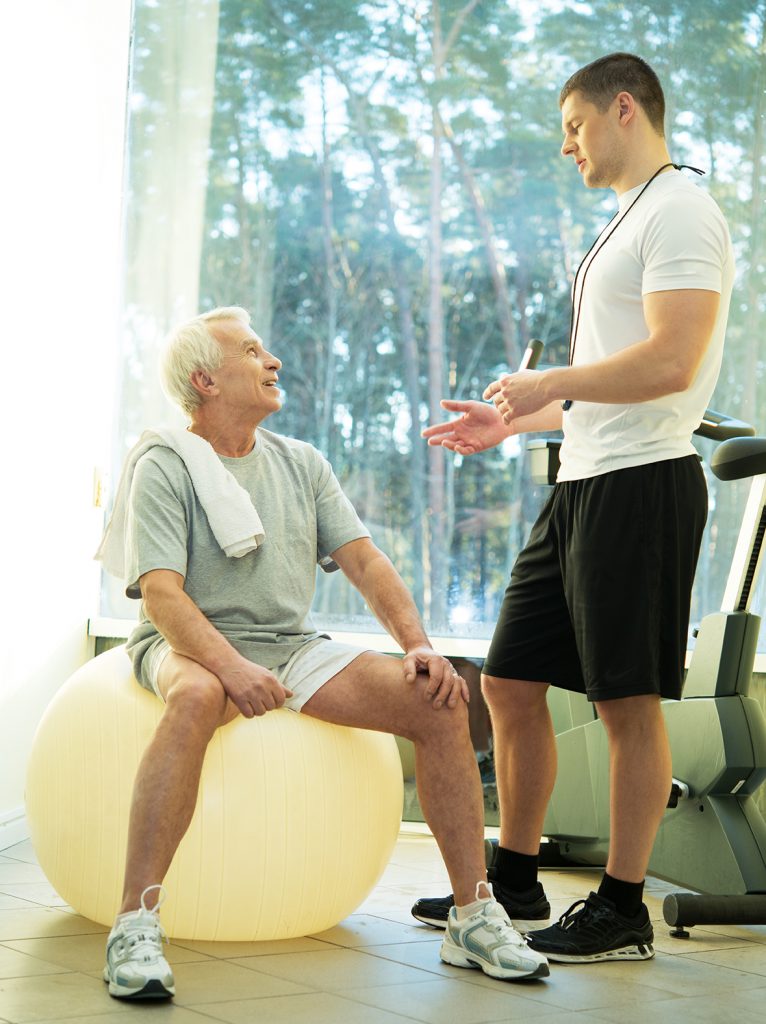 It’s unfortunate, but the average person has no idea what to look for in a trainer. They don’t know the questions to ask, the accredited certifications and whether or not that trainer is able to work with any pre-existing conditions that they may have. As gyms hire underqualified trainers, underselling those of you who are worth your fee, clients continue to get injured. The client goes to a physical or occupational therapist and tells them they’ve been working with a trainer at X gym. The therapist rolls their eyes, having heard the story time and time again, discrediting personal trainers and the fitness industry as a whole.
It’s unfortunate, but the average person has no idea what to look for in a trainer. They don’t know the questions to ask, the accredited certifications and whether or not that trainer is able to work with any pre-existing conditions that they may have. As gyms hire underqualified trainers, underselling those of you who are worth your fee, clients continue to get injured. The client goes to a physical or occupational therapist and tells them they’ve been working with a trainer at X gym. The therapist rolls their eyes, having heard the story time and time again, discrediting personal trainers and the fitness industry as a whole.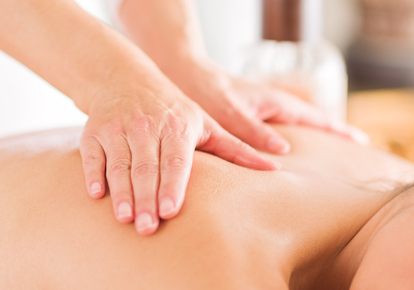

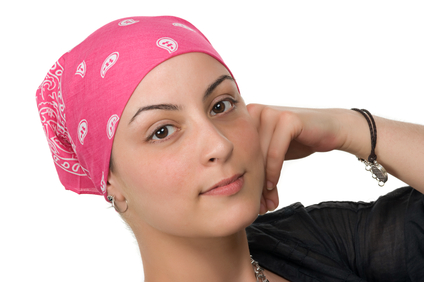
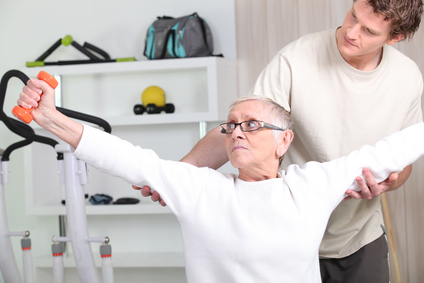 The most important factor in the safety and efficacy of the exercise program is the initial assessment. At the very least this should include a comprehensive postural assessment as well as shoulder range of motion measurements taken with a goniometer. The well-trained fitness professional will be able to deduce, from the results, which muscles need to be stretched and which need to be strengthened. By selecting the wrong combinations of exercises, the results may not only be undesirable, they may in fact be detrimental. For example, if a client presents with moderate to severe upper-crossed syndrome, performing any kind of “pushing” exercise that would involve the chest muscles (chest press), could make the syndrome even more pronounced by causing the pectoral muscles to tighten and contract. Instead, the goal need to be on stretching the chest wall and strengthening the opposing muscles in the back; particularly the scapular stabilizers.
The most important factor in the safety and efficacy of the exercise program is the initial assessment. At the very least this should include a comprehensive postural assessment as well as shoulder range of motion measurements taken with a goniometer. The well-trained fitness professional will be able to deduce, from the results, which muscles need to be stretched and which need to be strengthened. By selecting the wrong combinations of exercises, the results may not only be undesirable, they may in fact be detrimental. For example, if a client presents with moderate to severe upper-crossed syndrome, performing any kind of “pushing” exercise that would involve the chest muscles (chest press), could make the syndrome even more pronounced by causing the pectoral muscles to tighten and contract. Instead, the goal need to be on stretching the chest wall and strengthening the opposing muscles in the back; particularly the scapular stabilizers.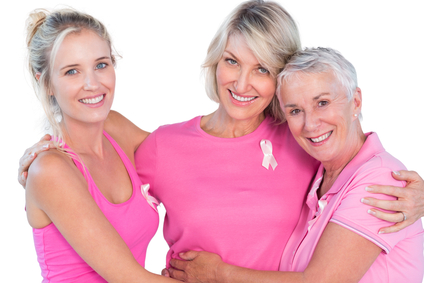 Following the warm-up and lymph drainage exercises, the exercise specialist should determine what the areas of “need” are for the client. Remember to begin with stretching and range of motion exercises until they have close to “normal” range of motion. At that point the goal becomes strength training and choosing exercises that will strengthen the weaker muscles and stretch the tight and shortened muscles. Weight/resistance should also be very gradually increased and attention paid to any potential swelling of the extremity. Typically I chose exercises that will stretch the chest (chest fly, corner or door stretch, assisted stretching) and will strengthen the back (low/high rows, reverse flies, lat pulldown). They often [present with winged scapula following a node dissection. If this is the case, I will incorporate exercises that will strengthen the serratus anterior. If they have undergone an abdominal TRAM procedure, core work will be of the greatest importance in preventing, or minimizing, low back pain.
Following the warm-up and lymph drainage exercises, the exercise specialist should determine what the areas of “need” are for the client. Remember to begin with stretching and range of motion exercises until they have close to “normal” range of motion. At that point the goal becomes strength training and choosing exercises that will strengthen the weaker muscles and stretch the tight and shortened muscles. Weight/resistance should also be very gradually increased and attention paid to any potential swelling of the extremity. Typically I chose exercises that will stretch the chest (chest fly, corner or door stretch, assisted stretching) and will strengthen the back (low/high rows, reverse flies, lat pulldown). They often [present with winged scapula following a node dissection. If this is the case, I will incorporate exercises that will strengthen the serratus anterior. If they have undergone an abdominal TRAM procedure, core work will be of the greatest importance in preventing, or minimizing, low back pain.
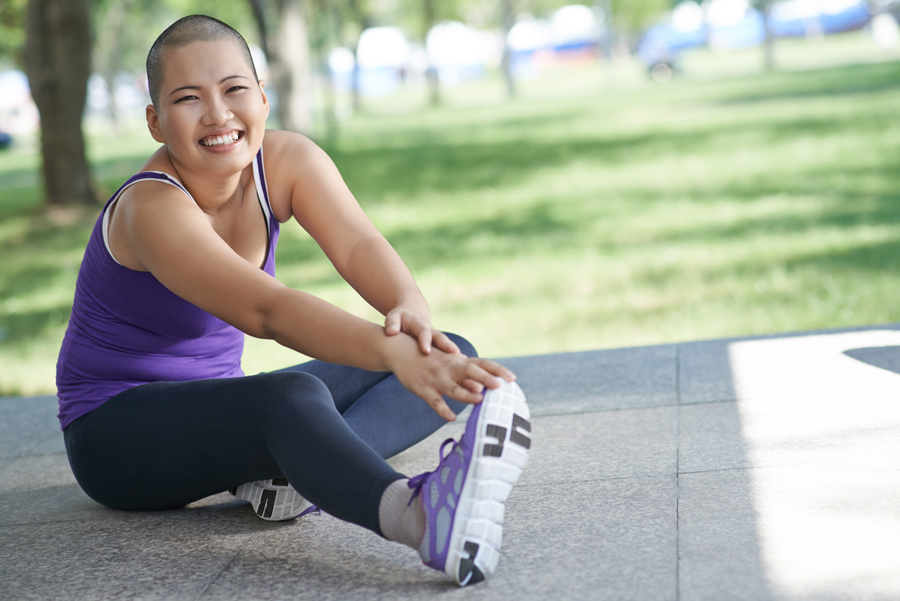
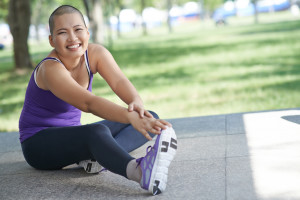 Progression of exercise should be gradual. A deconditioned person should start without using any weight and concentrate on proper technique. If 8-10 repetitions can not be executed, repetitions should be decreased or the weight lowered or resistance band used changed to less resistance. The exercise routines have to be adapted for the day-to-day changes that that can affect the ability to work out. Our program will start using a very light weight, with few repetitions, typically 10. In subsequent sessions, patients can add repetitions. After performing 2 sets of 10 repetitions with no problem then a small amount of weight may be added in 1 pound increments. We also alternate between a strength training exercises with a stretch for each muscle group and to alternate an upper body and lower body exercises. Pilates exercises are great way to incorporate deep breathing with strengthening the core. The deep breathing helps to pump lymphatic fluid and will also help reduce stress.
Progression of exercise should be gradual. A deconditioned person should start without using any weight and concentrate on proper technique. If 8-10 repetitions can not be executed, repetitions should be decreased or the weight lowered or resistance band used changed to less resistance. The exercise routines have to be adapted for the day-to-day changes that that can affect the ability to work out. Our program will start using a very light weight, with few repetitions, typically 10. In subsequent sessions, patients can add repetitions. After performing 2 sets of 10 repetitions with no problem then a small amount of weight may be added in 1 pound increments. We also alternate between a strength training exercises with a stretch for each muscle group and to alternate an upper body and lower body exercises. Pilates exercises are great way to incorporate deep breathing with strengthening the core. The deep breathing helps to pump lymphatic fluid and will also help reduce stress.